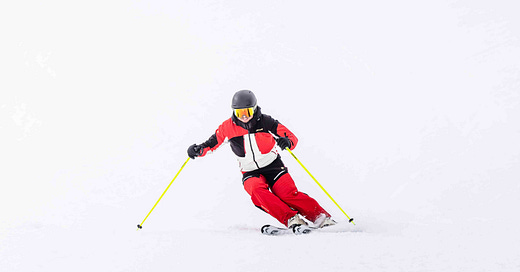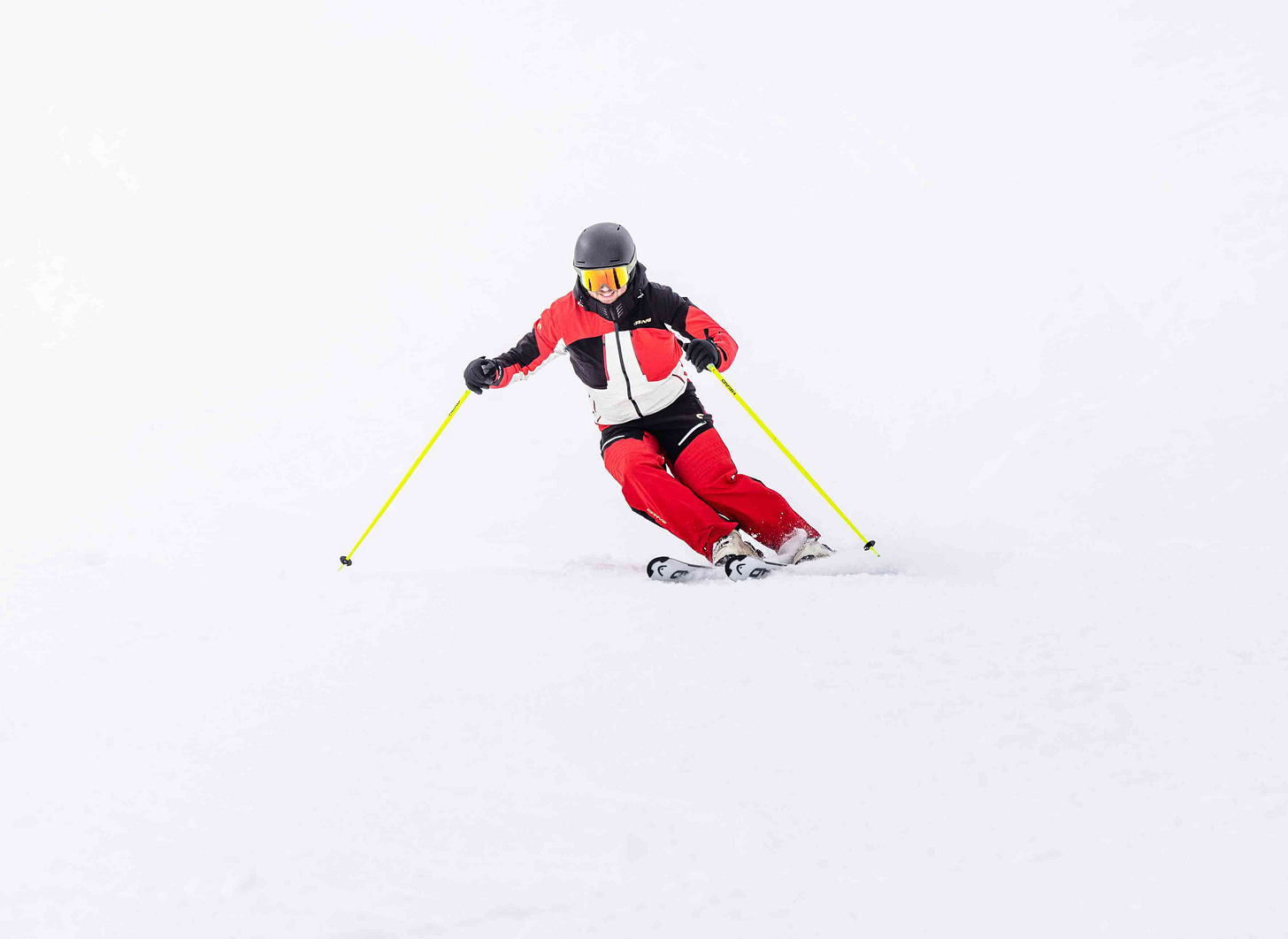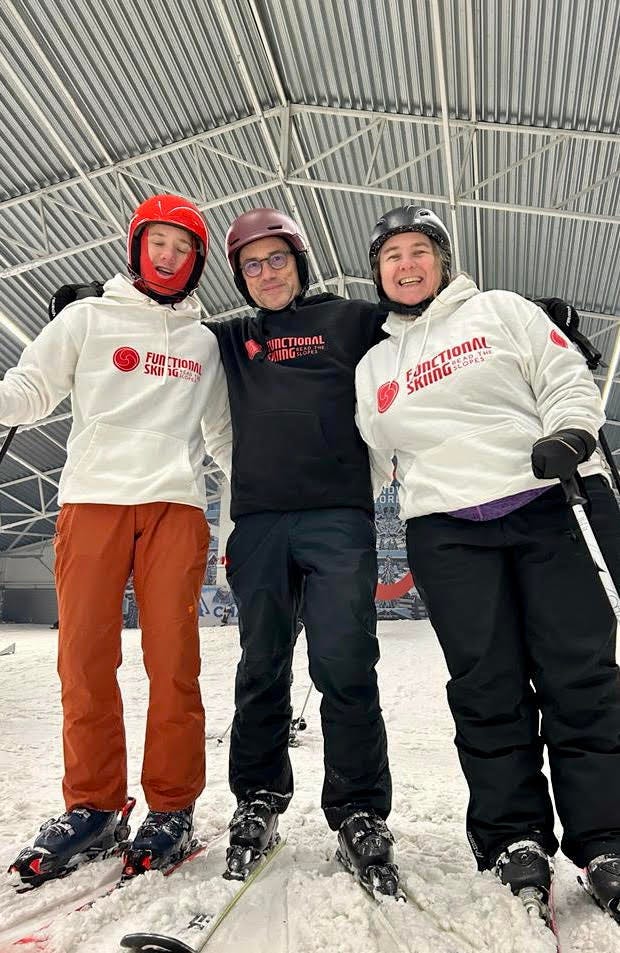Functional Skiing Excellence: Two Vital Moves for Stellar Carved Short Turns
Unblock your movements with these crucial actions...
In the realm of advanced skiing, achieving precise carving in short turns is considered the pinnacle of technical expertise. These quick and powerful turns, characterized by their early and strong edging, pose a significant challenge even for highly skilled skiers.
However, what truly sets apart these turns goes beyond just speed and strength, it involves the subtleties of utilizing foot positioning to enhance edging.
If you're keen on mastering these techniques, I encourage you to check out my latest ski tutorial below, where I offer a comprehensive explanation of these movements.
The video is in Dutch, but don't worry—I've also included English subtitles for your convenience.
How to ski pure carved short turns
🔪 Dorsiflexion: The Key to Carving with Precision
At the heart of executing effective carved turns lies the key to preventing a fente or sagittal split that can impede movement and increase the risk of slipping.
This pivotal technique is known as dorsiflexion, where the ankle is 'closed.' Delving into the biomechanics of pure carved short turns, one must recognize the intricate interplay between muscle engagement and joint dynamics.
Dorsiflexion involves not only the closing of the ankle, but also the contraction of the hamstrings and glutes. This well-coordinated sequence is essential to keeping the inside ski in place and preventing unwanted blocking mechanisms that hinder proper carving.
The timely execution of dorsiflexion immediately after the edge change ensures a smooth transition between turns, minimizing disruptions to the skier's balance.
💪 Gradual Guidance of the Outside Ski: Strengthening the Carving Effect
During the shaping phase of the carved short turn, another subtlety emerges—the progressive forward movement of the outside ski.
Executed with precision and gradualness, this movement enhances the carve effect. By driving the outside ski forward, the tips of your skis remain close, providing access to joints and allowing skiers to roll the skis further onto their edges without losing control.
The progressive forward guidance involves a nuanced distribution of weight, transferring it from the middle to the tail of the ski. This weight shift, when done progressively, enhances the ski's bite into the snow, promoting a clean carve.
Simultaneously, the loading of the ski's tail prevents it from skidding out, contributing to a controlled and stable descent.
🧠 Closing Thoughts
In the pursuit of mastering precision carving in short turns, remember that it's not just about speed and strength; it's about finesse and technique.
By understanding the nuances of dorsiflexion and the gradual guidance of the outside ski, you'll unlock the secrets to achieving that coveted level of technical expertise.
So, gear up, hit the slopes, and start experimenting!
Happy skiing. ⛷️
🙌 Support Functional Skiing!
Are you enjoying the valuable ski techniques and tips I share monthly in this newsletter? Now, you can also tangibly support Functional Skiing! Explore my official merchandise, including stylish hoodies in both white and black.
By purchasing an item, you're not only contributing to the growth of Functional Skiing but also supporting initiatives that combat climate change. A portion of the proceeds goes directly to projects dedicated to creating a more sustainable future. 🌎
Visit my webshop and embrace not only skiing technique but also positive change!
This family is already proudly rocking their Functional Skiing hoodies. Thanks Juul, Chris, and Katie! 🙏








Hey Niels, het achteruit trekken van de binnenski, heeft dit hetzelfde effect als de buitenski progressief insturen zoals in je filmpje, of kan beide en tegelijkertijd uitgevoerd? Grtn Philippe